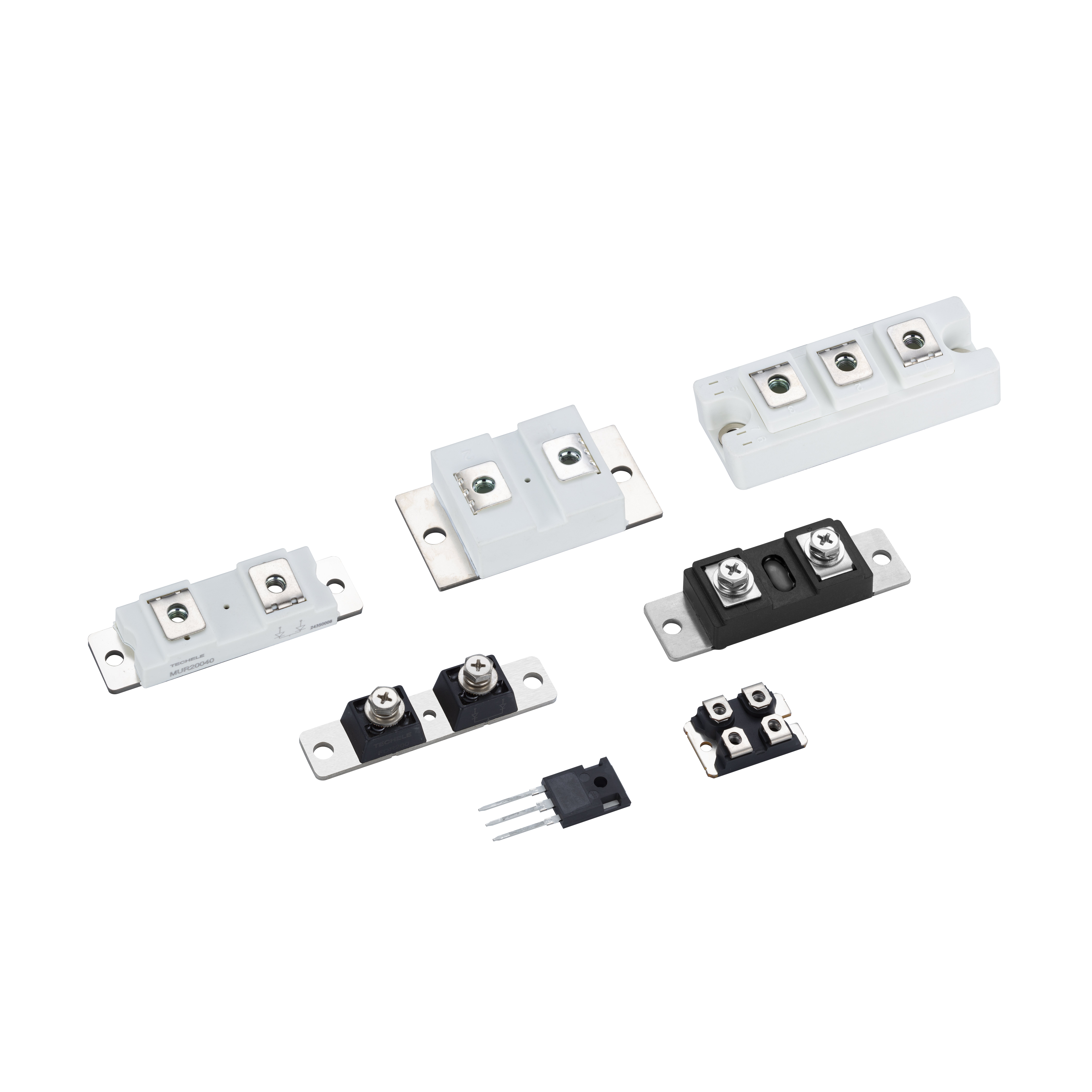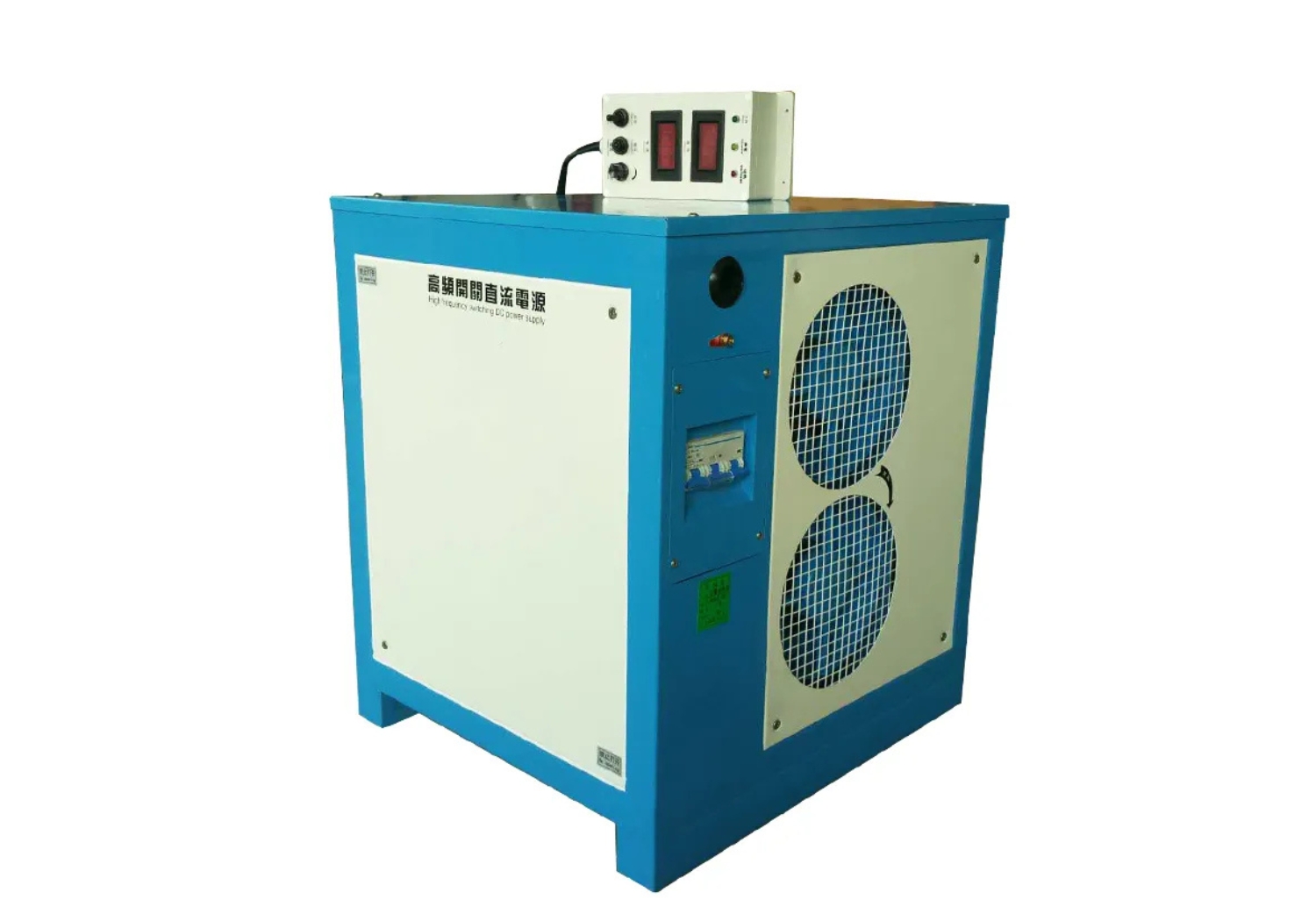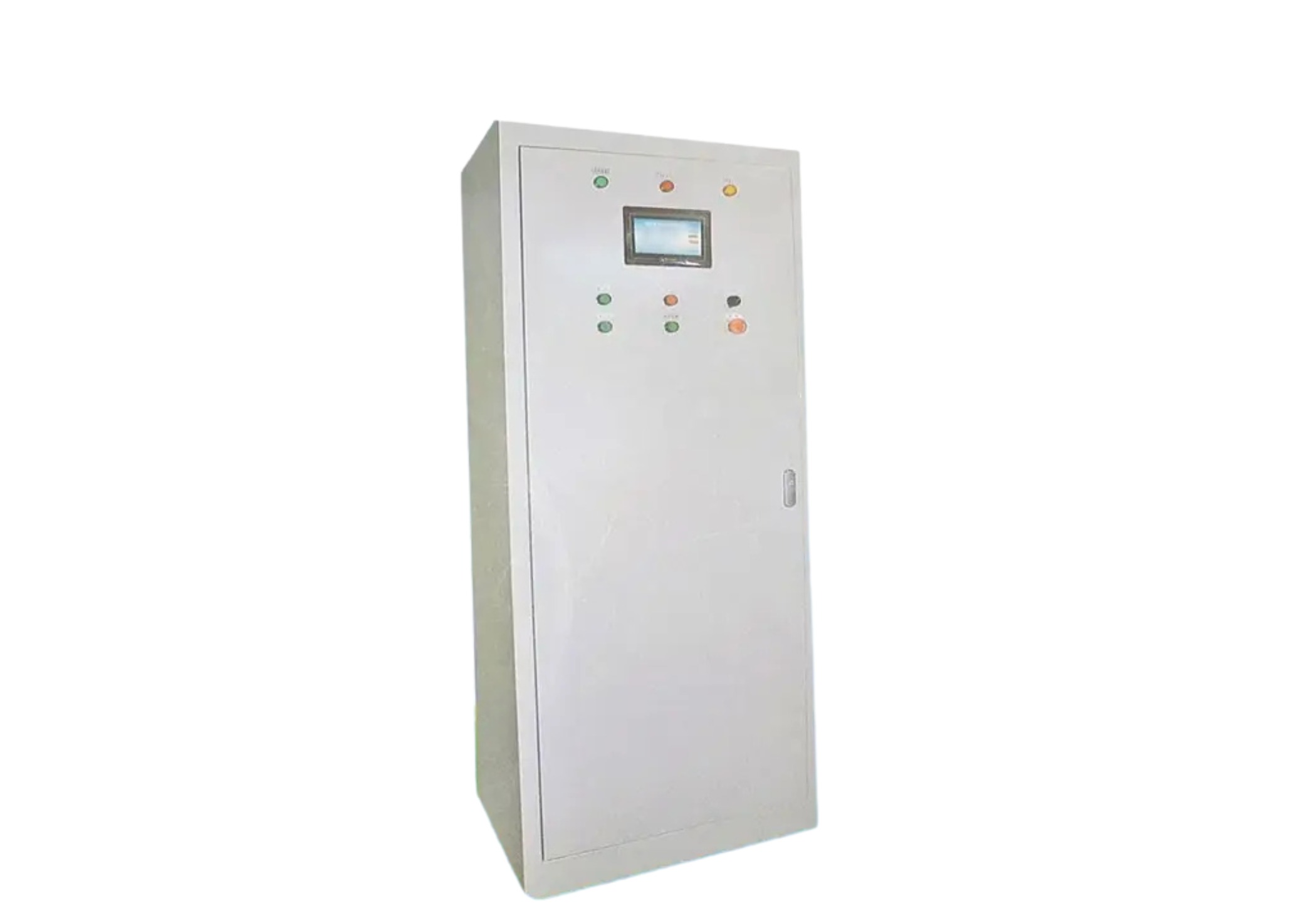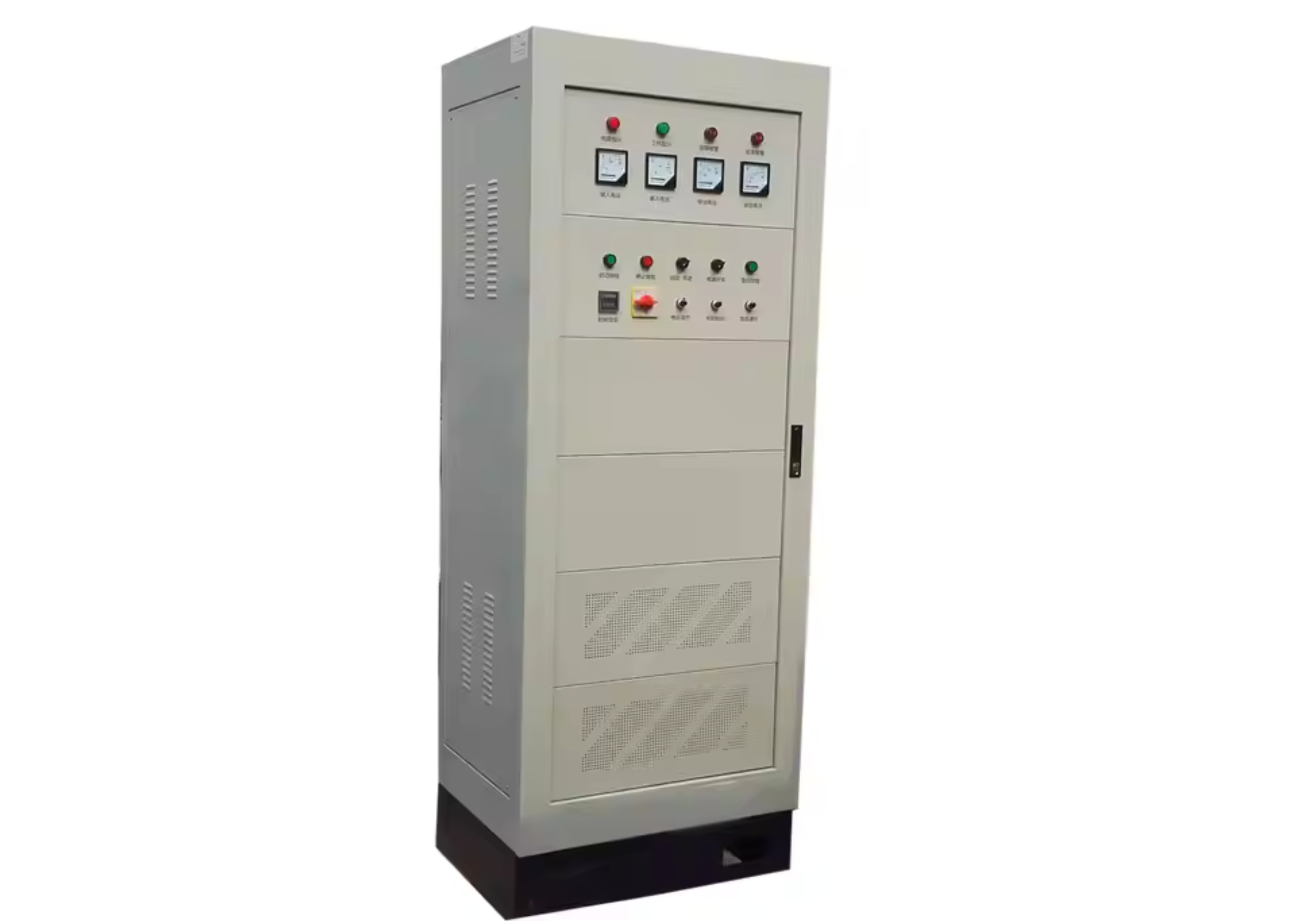Understanding Packaging and Layout in Anti-Parallel and HVAC Thyristor Modules
Anti-Parallel Configuration and Packaging Impact
Anti-parallel thyristor module setups involve two thyristors connected in reverse polarity, allowing for full AC cycle conduction. These configurations are especially common in motor control and rectifier systems. To ensure compact design and low inductance, dual thyristor modules for anti-parallel use are packaged in symmetrical, planar housings.
The packaging must support high thermal conductivity and insulation integrity, especially under high surge current conditions common during startup or fault scenarios. The consistent low on‑state voltage performance is essential in reducing power loss in both forward and reverse current paths, making the packaging design a central aspect of reliable anti-parallel operation.
Packaging for HVDC Compatibility
In HVDC (High Voltage Direct Current) systems, thyristor modules are often exposed to both high voltages and demanding switching frequencies. The packaging must accommodate high creepage distances and durable ceramic insulation to avoid electrical breakdown. Optimized dual thyristor module housings ensure that even during industrial phase control, the device maintains stable switching under voltage stress.
Multi-layer ceramic substrates and double-sided cooling designs are frequently used to manage the thermal load and electric field distribution. These packaging solutions are designed to enhance surge protection and reinforce low on‑state voltage conduction across long duty cycles.
HVAC Systems and Dimensional Considerations
In HVAC (Heating, Ventilation, and Air Conditioning) applications, power modules must fit within compact control enclosures while delivering sufficient power to motor-driven compressors and blowers. Here, the physical dimensions of the thyristor module influence system layout and thermal management options.
Modules for HVAC use typically feature insulated metal baseplates and solderless terminals, enabling quick integration and field replacement. Packaging also incorporates internal snubber circuitry to help with high surge current control during compressor start cycles. Maintaining low on‑state voltage within these confined systems directly translates to reduced thermal buildup and longer device life.
Cross-Application Benefits and Structural Stability
Whether in anti-parallel AC control, HVDC converters, or HVAC inverters, the structural integrity and electrical insulation provided by the packaging play a critical role in module longevity. The dual thyristor module benefits from common packaging advancements that enhance performance across all these use cases.
Proper packaging ensures safe, effective conduction under repetitive industrial phase control operations and maximizes system uptime while minimizing failure risk due to heat or overvoltage.






